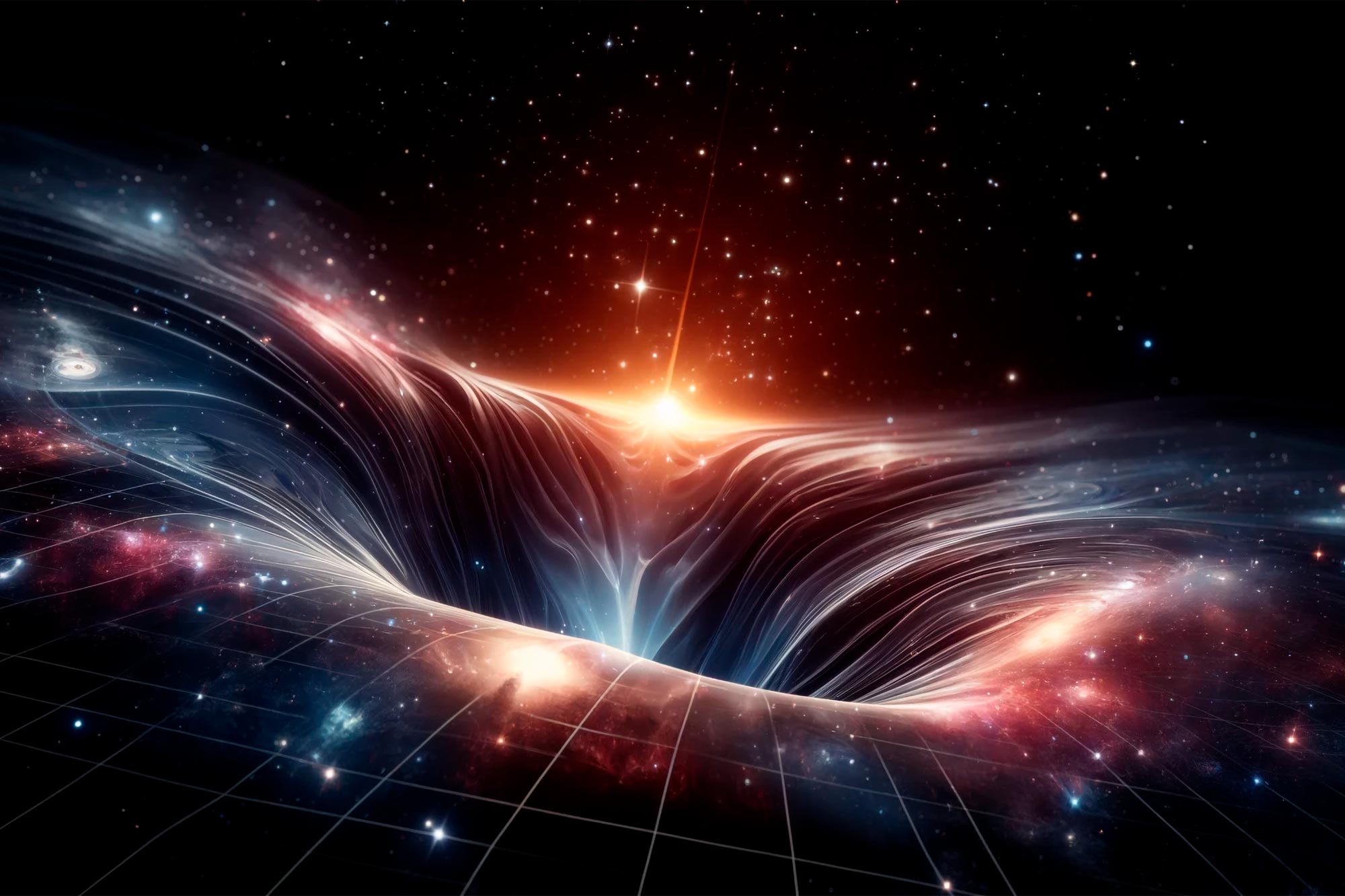Scientists have discovered a huge planet-sized solid metal ball at the center of the Earth that could be the key to life.
Our planet's distinctive fifth layer could help experts understand how life survives on Earth and other planets.
Two seismologists at the Australian National University have made this remarkable discovery, documenting the latest evidence of the new layer within the Earth.
The study, conducted by Thanh Son Pham and Hervoy Tkalich, claims that the solid metal ball is 400 miles across and is made of iron and nickel alloy.
It is located at the center of what we know as the Earth's inner core, and helps generate the Earth's geomagnetic field, which protects the planet from deadly cosmic rays – and is essential to sustaining life on the planet.
“The latent heat released by the solidification of the Earth's inner core drives convection in the liquid outer core, generating the Earth's geomagnetic field,” Pham said.
“Life on Earth is protected from harmful cosmic rays and would not be possible without this magnetic field.”
The study also claims that the metal ball has a different crystalline structure that causes shock waves from earthquakes to pass through the layer at different speeds than the surrounding core.
“It is clear that the innermost core has something different from the outer layer,” the duo concluded.
“We think the way atoms are [packed] In these two areas it is a little different.”
The mineral ball is clearly the result of a massive geological event, most likely a tectonic shift, that occurred hundreds of millions of years ago.
It measures about the size of Pluto and is slightly smaller than the Moon, according to Tkalich, co-author of the study.
In 1936, Danish seismologist Inge Lehmann first discovered the Earth's inner core, which lies about 4,000 miles below its surface.
However, 20 years ago, scientists proposed the existence of a fifth layer within the Earth's inner core.
While the existence of a deeper inner core has been supported by new data over time, his new study takes it even further, Pham said.
He said: “The progress in this study is that we have found a new way to sample the Earth’s inner core.
“[The team] “It has more evidence to prove that a deeper inner core actually exists.”
Pham and his team of researchers studied several earthquakes and observed “seismic waves that resonate across the entire planet,” which helped make this discovery.
They found that waves passing through the innermost core slow down as they approach the equator.
The waves also slowed down as they passed through the outer inner core along the equator.
Learning more about the inner core can in turn help teach us more about how other planets may or may not be habitable
John Tarduno
The expert explained that seismic waves caused by earthquakes can oscillate back and forth from one side of the Earth – and travel at different speeds through different layers of the Earth depending on their density, temperature and composition.
“We analyzed digital records of ground motion, known as seismograms, from large earthquakes in the past decade,” Pham said while explaining how the new layer was discovered.
“Our study was made possible by the unprecedented expansion of global seismic networks, especially dense networks in the contiguous United States, the Alaska Peninsula, and over the European Alps.”
John Tarduno, a geophysicist who was not part of the discovery, said the new data makes a strong case that Earth's distinct inner layer exists “with a different structure than the outer inner core.”
Learning about their origins could help us understand more about how life survives on Earth and other planets, he said.
“The formation of the inner core was very important for creating a habitable planet in the long term, because the inner core feeds the magnetic field, which feeds the magnetic shield.”
“Knowing more about the inner core could help teach us more about how other planets may or may not be habitable.”

“Extreme travel lover. Bacon fanatic. Troublemaker. Introvert. Passionate music fanatic.”






More Stories
The Las Vegas Lovers & Friends Festival has been canceled due to potentially hazardous weather
Exploring the “cosmic imbalance” in gravity
Review, test and critique the Goblin Coaster roller coaster game